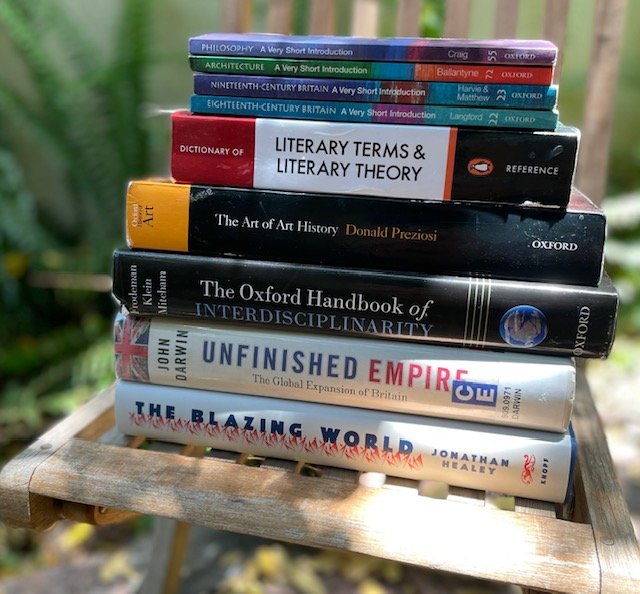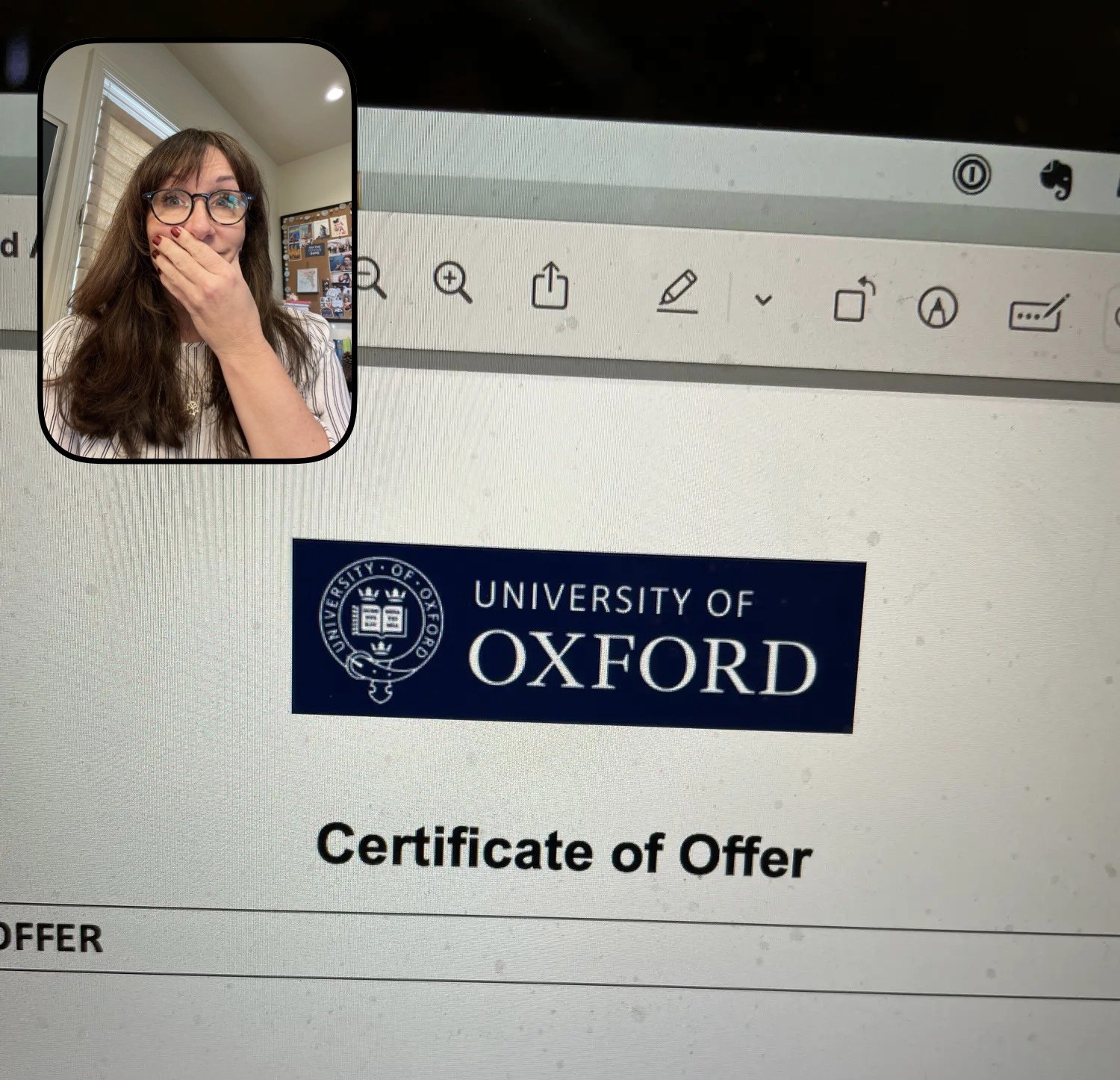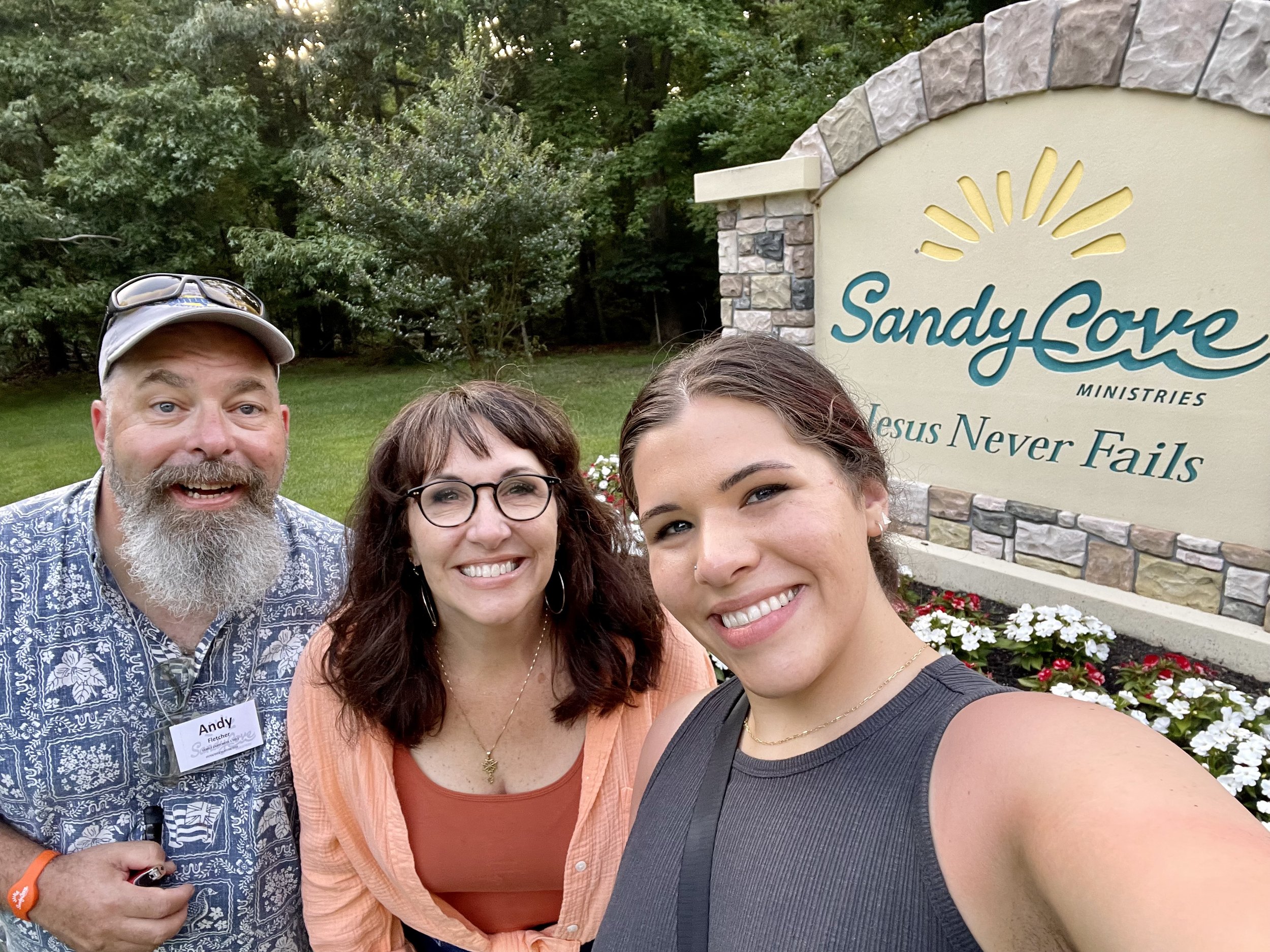Well, hello from California, where schools are closing and masks are abundant. When I wrote words of hope back in March, most of us might not have assumed that we’d be homeschooling our students for yet another stretch of the school year. My mom once told me she was glad homeschooling wasn’t a choice she knew about when we were kids, and I know a lot of people who are wishing it weren’t the only option right now.
So, here we are. And let’s make the best of it! For me, the best is often the simplest. Take the day-to-day thinking out of the equation and we’ll all be a lot less stressed out. Work files = simple. You can do this!
How to Create Simple Work Files for Homeschooling
Click the video below to play the tutorial.
Steps to Creating Your Own Work Files
Buy file folders. You will need to purchase as many as you think you will use in a week’s time.
3 files per day x 5 school days = 15 file folders
4 files per day x 5 school days = 20 file folders
5 files per day x 5 school days = 25 file folders
6 files per day x 5 school days = 30 file folders
(I did the math for you because, math.)
Decide how you want to label them. Mine are cute but yours could be cuter.
Add a page or two of work to each file folder per day. Ideally, you’ll have one subject or one activity per folder. Once the work or activity is complete, you can instruct your student to put it somewhere so it can be checked. For us, that’s simply back into the file folder, where I will inspect the work and then empty the folder to be ready for next week.
Work files don’t eliminate prep time altogether or the fact that you’ll have to figure out how long it will take your student to finish their work that will be spread out over the course of a school year. You will have to calculate how many school days you’ll have and how many pages of, say, English grammar your student needs to accomplish, and then divide it up.
One more thing: Don’t be surprised if your student finishes before the traditional school-year length. Homeschooling eliminates a lot of things that take up chunks of a school day: waiting in line, walking between classes, breaks, lunch, recess, chit chat, getting everyone on the same page . . . both your school day and your school year can be done far more efficiently because there’s literally no classroom management. I mean, the students can be cheeky, but there are a lot fewer of them.
Products Mentioned in the Video
Affiliate links are included where appropriate. If you are reading this in your email, you won’t be able to see many of the links (it’s an Amazon thing).
File Folders: Pendaflex File Folders
File folder labels: Give maker Jennifer Martinez a follow on Teachers Pay Teachers to thank her for her generous gift! Workbox Labels-Editable
Laminator: Scotch Thermal Laminator
Family Tree with Peppa: Give Maker White Cat a follow on Teachers Pay Teachers to thank him or her for their generous gift! Peppa Pig Worksheet
Flash Kids Harcourt Complete Curriculum: Complete Curriculum
Other Items to Include in Your Work Files
We’ll be reading several books aloud this year, so I will include a work file page with a picture of the book cover:
Don’t forget: You can also include a picture of an activity you’d like your student to do rather than a workbook page. The sky’s the limit here!
Puzzle time
Outside play time
Play dough time
Art time
Snack time
Any questions? Ideas you’d like to share? Comment below and let us know!















